Chinese Braised Beef Stew with Daikon is a classic comfort dish that is beloved by many in Chinese cuisine and is one of my favorite beef recipes. This dish combines tender beef chunks and large daikon pieces cooked in a savory broth infused with aromatic spices and herbs. The slow-cooking process allows the meat to become fork-tender while allowing the daikon to absorb all the rich flavor of the broth.
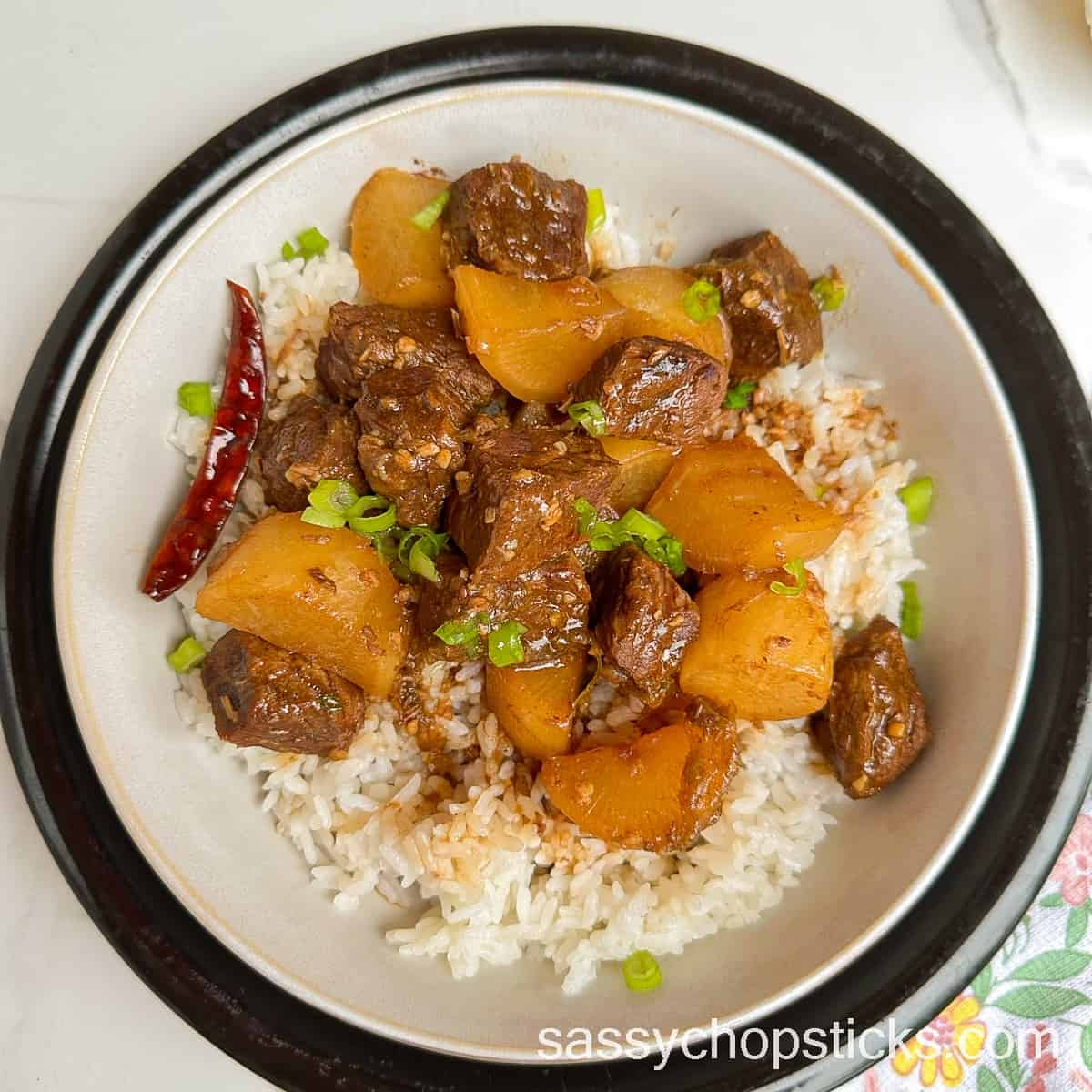
Jump To
Have you ever wanted to try making a classic Chinese recipe? If so, you should go to Chinese braised beef stew with daikon! This delicious dish will surely bring some of the Orient to your dinner table. This one-dish meal packs a punch of flavor with a rich combination of beef, daikon radish, star anise, and other flavorful spices. In this post, I will outline a simple and easy-to-follow recipe for Chinese braised beef stew with daikon, providing all the tips, tricks, and instructions on creating this classic dish. Read on:
What you need to get started
Beef: Traditionally, this dish uses beef tendon instead of lean meat. Chinese beef tendon is a popular ingredient in Chinese cuisine made from tough, fibrous connective tissue. It is often used in soups, stews, and noodle dishes because it becomes tender and gelatinous when cooked for a long time. You can find it in the local Chinese grocery store. However, sometimes it is hard to get, especially if you do not have enough Asian population in your state. You can also use beef brisket, beef chunks, or rough flank. I use London broil in this recipe. When buying a Chinese beef tendon, look for packages labeled "braised beef tendon" or "cooked beef tendon" if you do not want to prepare it yourself.
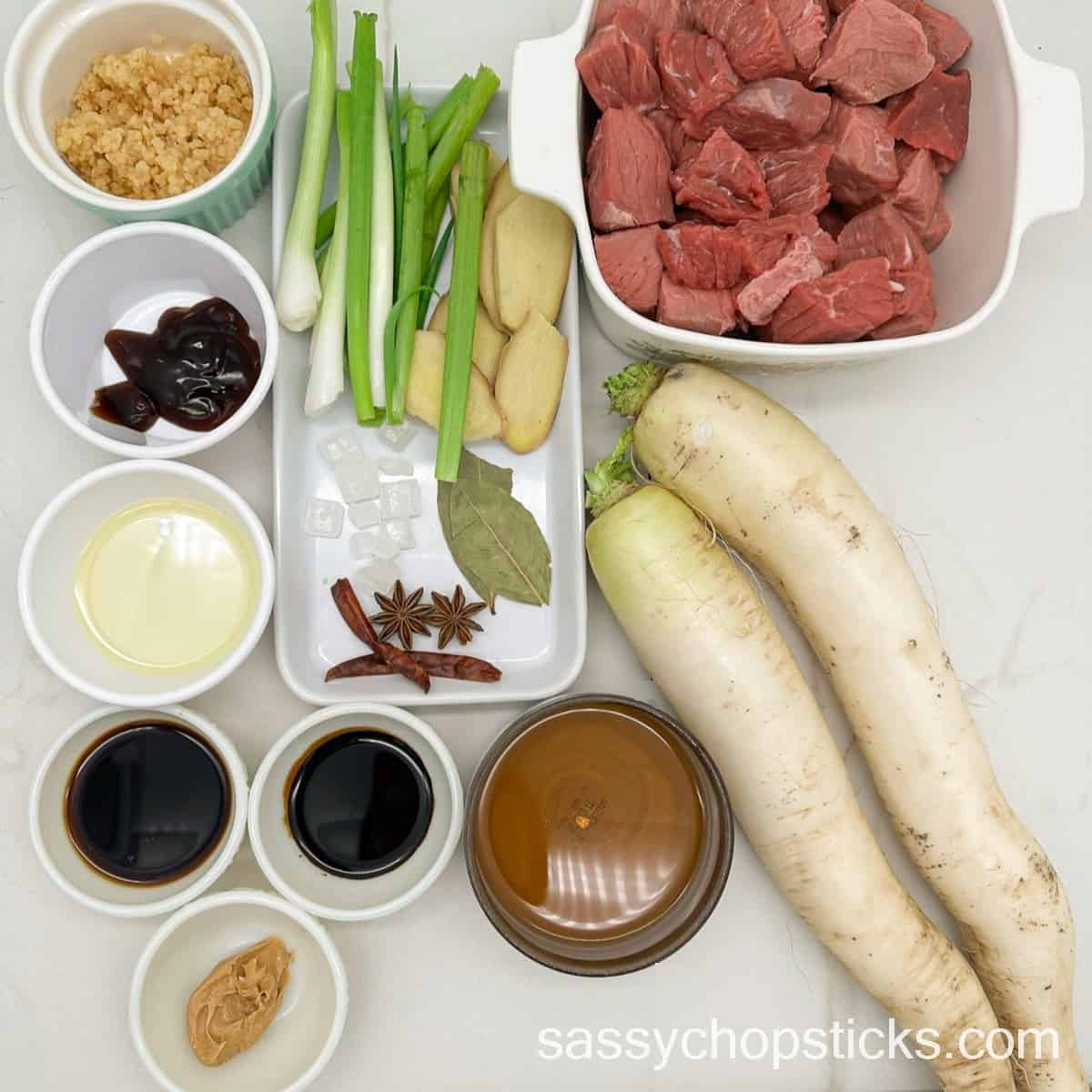
Chinese Daikon radish: Chinese daikon, also known as white radish or winter radish, is a root vegetable widely used in Chinese cuisine. It is a type of Chinese vegetable with a large, elongated shape and a white exterior. The flesh is usually crisp and mildly sweet with a slightly peppery taste. When selecting Chinese daikon, look for firm, smooth, and heavy roots for their size. They can be stored in the refrigerator for several weeks if kept in a plastic bag or a container with a damp cloth. Remember to distinguish it from Korean radish; Korean radish is usually shorter and rounder, while Chinese Daikon is longer and shaped like a carrot. Chinese Daikon does taste a little sweeter than Korean radish.
Dried ingredients: Bay leaves. Dried red chili pepper, star anise, and cinnamon stick.
Sauce: light soy sauce, Shaoxing wine(rice wine), rock sugar, garlic cloves, peanut butter (optional).
Step-by-step instructions on how to prepare Chinese braised beef stew with daikon recipe
Starting by gathering all the ingredients. Cut the beef into 2-inch cubes, peel the Daikon, and cut it into small chunks. Bring water to a boil and blanch the beef for 5 min. Discard the foam and set the meat aside.
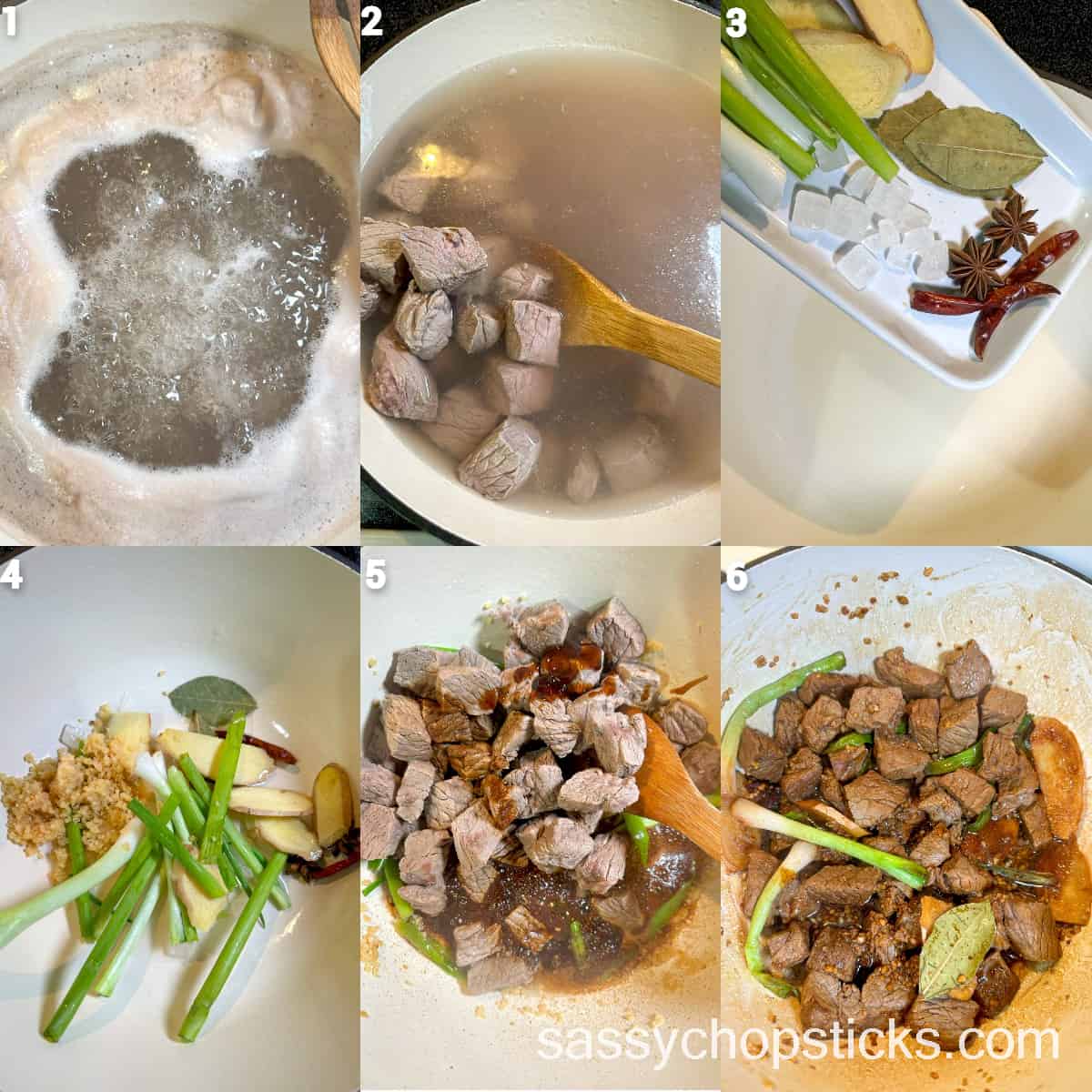
Heat the vegetable oil over medium-high heat in a large pot or Dutch oven. Add the garlic, ginger, green onions, dried red chili pepper, star anise, bay leaves, and cinnamon stick, and stir fry until fragrant. Fold the beef in and cook until browned on all sides, about 5 minutes.
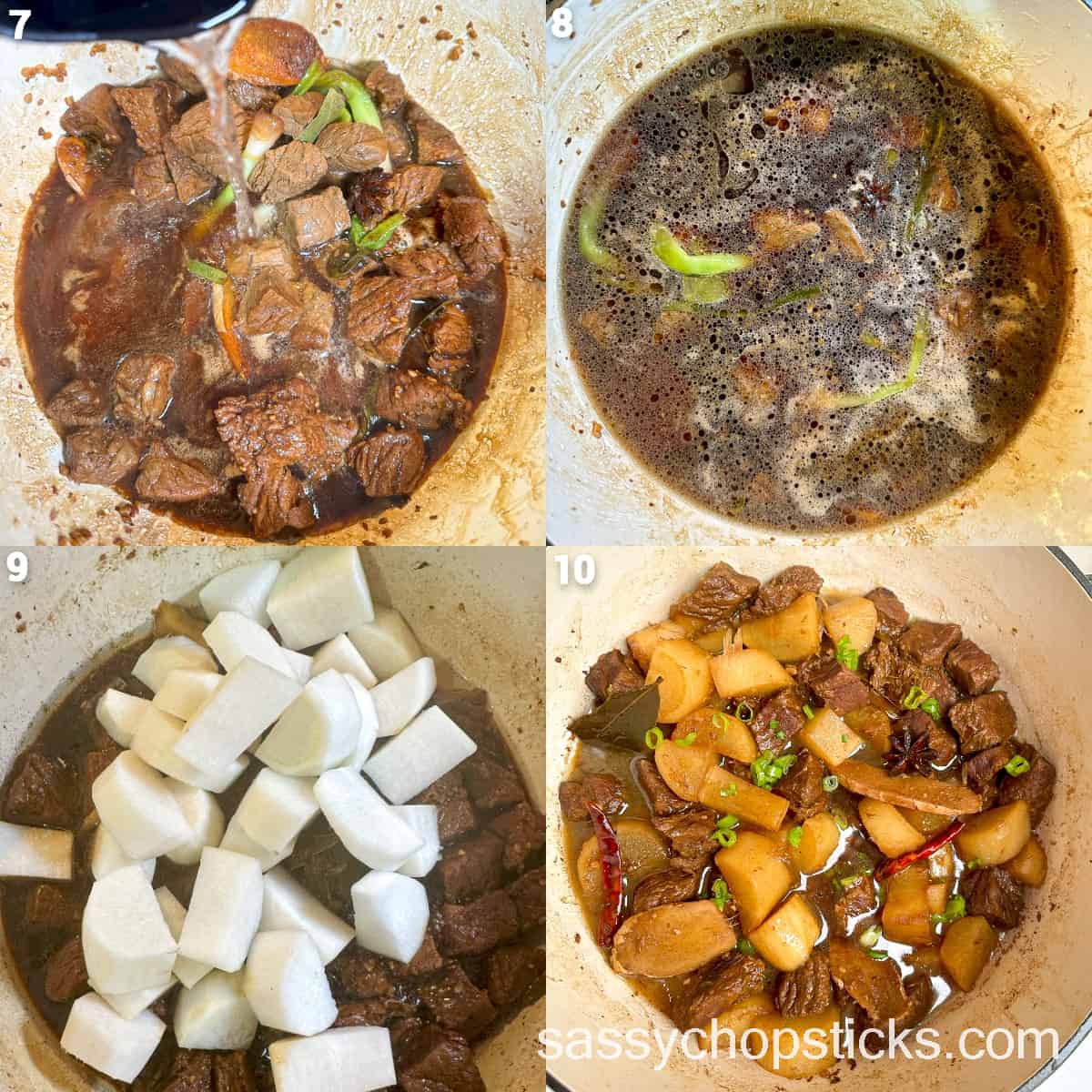
Add the soy sauce, dark soy sauce, Shaoxing wine, and sugar to the pot, stirring to combine, and continue to stir fry for about 7 minutes. Add water or beef broth to the pot, stirring to combine. Bring the mixture to a boil, reduce the heat to low, and simmer for 1 hour and 30 minutes. Add the daikon to the pot and continue to simmer for another 30 minutes until the daikon is cooked and softened.
Salt and black pepper to taste. Serve hot over steamed white rice or noodle soup. Garnished with chopped green onions, enjoy!

Different variations of the recipe
There are several variations of the Chinese braised beef stew with daikon recipe that you can try. Here are a few examples:
- Spicy version: Add extra dried chili peppers or oil to the stew for a spicy kick.
- Tomato-based version: Add chopped tomatoes or tomato paste to the stew for a tangy, slightly sweet flavor tomato beef stew.
Beer version: Replace some water or beef broth with beer for a slightly bitter, malty taste. - Vegetarian version: Replace the beef with mushrooms, bean curd, or tofu for a vegetarian dish.
Instant Pot version: Follow the same steps as the traditional recipe, but cook the stew in an Instant Pot or other pressure cooker for a faster cooking time, which saves you much time.
Cooking tips
Here are some keys to making the perfect Chinese braised beef stew with daikon:
- Choosing the proper cut of beef: For this recipe, it's best to use a tough cut suitable for braising. These cuts have more connective tissue and fat, which break down during cooking and make the meat tender and flavorful.
- Adding aromatics and spices: Garlic, ginger, green onions, star anise, and cinnamon stick add layers of flavor to the stew. Be sure to chop the garlic and ginger finely so they cook evenly and release their flavors into the stew.
Using the correct liquid ratio to meat: The amount of liquid in the stew will affect the texture and consistency. You want enough water to cover the beef and daikon but not so much that the stir becomes soupy. Aim for a ratio of about 4 cups of fluid for 2.5 pounds of meat.
- Cooking low and slow: Braising is a slow-cooking method that requires low heat and a long cooking time. This allows the beef to become tender and absorb the stew's flavors. Be patient, and don't rush the cooking process.
Store and reheat
To store Chinese braised beef stew with daikon, transfer it to an airtight container and refrigerate it promptly. It will keep for up to 3-4 days in the refrigerator.
To reheat the stew, transfer the desired amount to a microwave-safe dish and cover it with a lid or a microwave-safe wrap. Microwave on high for 1-2 minutes or until heated through. You can also reheat the stew on the stovetop, heat over medium-low heat, stirring occasionally, until heated through. If the stew appears to be too thick, you can add a splash of water or beef broth to thin it out to your desired consistency.
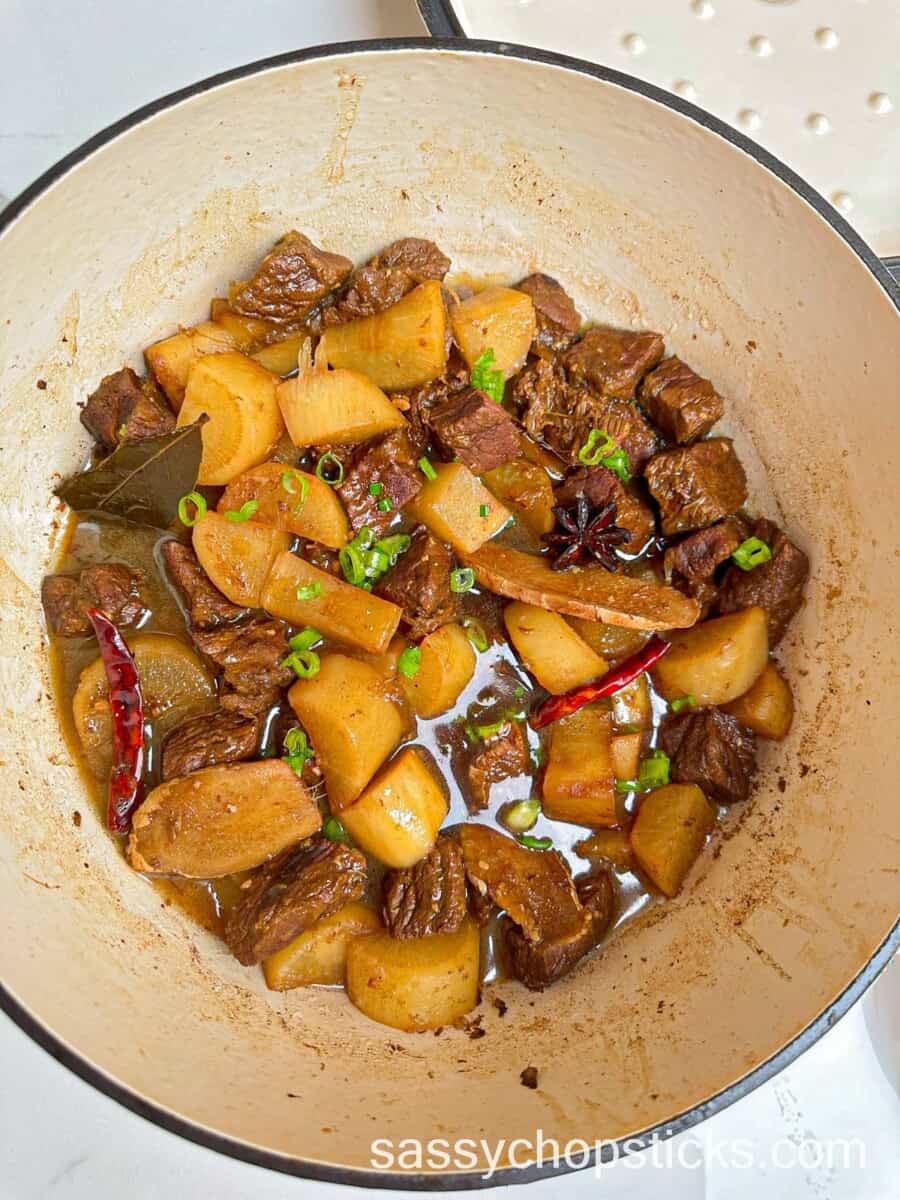
Conclusion
This mouth-watering stew is comforting and nourishing, and it has been a classic Chinese food dish for generations, packed with tender beef and aromatic daikon. Now that you know how to make Chinese braised beef stew with daikon recipe, try it! I promise you will fall in love with it from the first time you cook it. Don’t forget to share your finished dish with friends and family, and let me know how you liked it! Happy cooking! 🙂
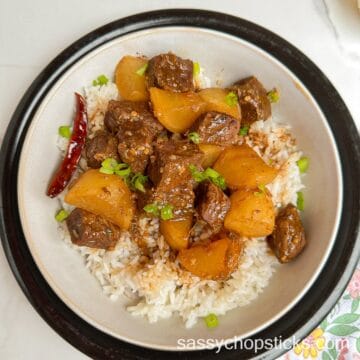
Chinese Braised Beef Stew With Daikon Recipe
Ingredients
- 2.5 pounds beef tendon I use London broil. You can also use beef chuck roast or rough flank, cut into 2-inch cubes
- 2 pounds daikon about 2 small-medium size daikon, peeled and cut into chunks
- 2 tablespoons of cooking oil
- 6 slices fresh ginger
- 4 stalks green onions chopped
- 4 cloves garlic minced
- ½ cup Shaoxing wine
- 2 bay leaves
- 2 star anise
- 2 dried red chili pepper
- 2 tablespoons light soy sauce
- 1 tablespoon dark soy sauce
- 1 tablespoon oyster sauce
- 2 teaspoons peanut butter optional
- 4 cups hot water
- 1 tablespoon rock sugar
- salt and pepper to taste
Instructions
- Gathering all the ingredients. Cut the beef into 2-inch cubes, peel the Daikon, and cut it into small chunks.
- Bring water to a boil and blanch the beef for 5 min. Discard the foam and set the meat aside.
- Heat the vegetable oil over medium-high heat in a large pot or Dutch oven. Add the garlic, ginger, green onions, dried red chili pepper, star anise, bay leaves, and cinnamon stick and stir fry until fragrant. Fold the beef in and cook until browned on all sides, about 5 minutes.
- Add the soy sauce, dark soy sauce, Shaoxing wine, and sugar to the pot, stirring to combine, and continue to stir fry for about 7 minutes.
- Add water or beef broth to the pot, stirring to combine. Bring the mixture to a boil, reduce the heat to low, and simmer for 1 hour and 30 minutes.
- Add the daikon to the pot and continue to simmer for another 30 minutes until the daikon is cooked and softened.
- Salt and black pepper to taste. Serve hot over steamed white rice or noodle soup. Garnished with chopped green onions, enjoy!


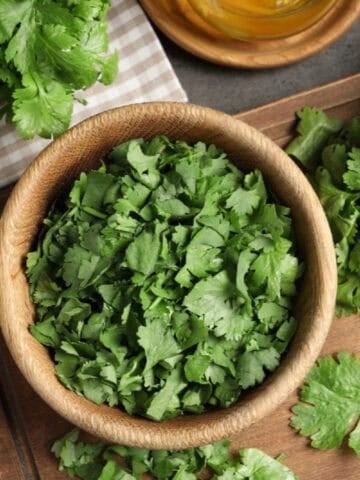
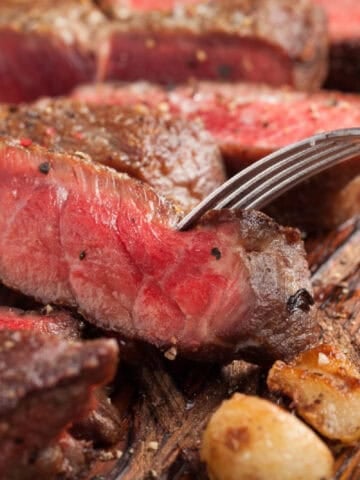

Leave a Reply